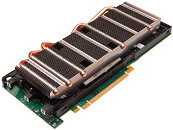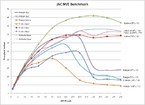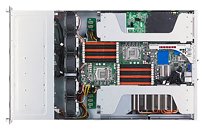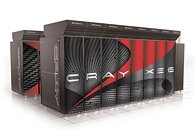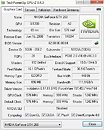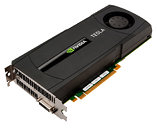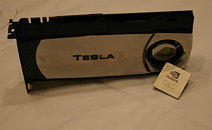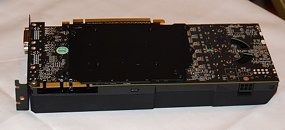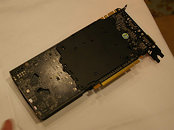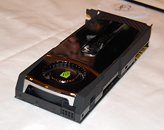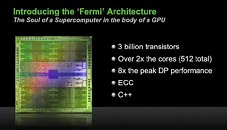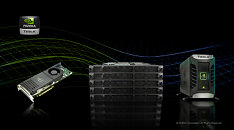
NVIDIA Tesla GPUs Again Power World's Greenest Petaflop Supercomputer
NVIDIA today announced that, for the second year in a row, the world's most energy efficient petaflop-class supercomputer is powered by NVIDIA Tesla GPUs.
The Tsubame 2.0 system at the Tokyo Institute of Technology's Global Scientific Information Center (GSIC) ranks as the greenest petaflop-class supercomputer on the recently released Green500 list. Published twice annually, the Green500 list, rates the 500 most energy efficient supercomputers based on performance achieved relative to power consumed.
Tsubame 2.0 is a heterogeneous supercomputer (combining both CPUs and GPUs) used to accelerate a range of scientific and industrial research in Japan. With sustained performance of 1.19 petaflops per second while consuming 1.2 megawatts, Tsubame 2.0 delivers 958 megaflops of processing power per watt of energy. It is 3.4-times more energy efficient than the next-closest x86 CPU-only petaflop system, the Cielo Cray supercomputer at Los Alamos National Laboratory, which delivers 278 megaflops per watt.
The Tsubame 2.0 system at the Tokyo Institute of Technology's Global Scientific Information Center (GSIC) ranks as the greenest petaflop-class supercomputer on the recently released Green500 list. Published twice annually, the Green500 list, rates the 500 most energy efficient supercomputers based on performance achieved relative to power consumed.
Tsubame 2.0 is a heterogeneous supercomputer (combining both CPUs and GPUs) used to accelerate a range of scientific and industrial research in Japan. With sustained performance of 1.19 petaflops per second while consuming 1.2 megawatts, Tsubame 2.0 delivers 958 megaflops of processing power per watt of energy. It is 3.4-times more energy efficient than the next-closest x86 CPU-only petaflop system, the Cielo Cray supercomputer at Los Alamos National Laboratory, which delivers 278 megaflops per watt.



